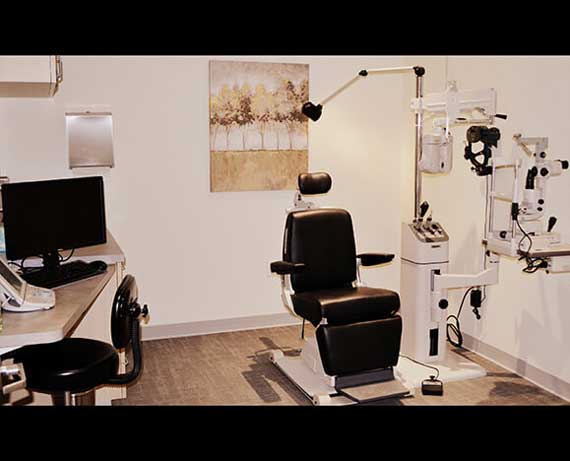Amblyopia, commonly known as lazy eye, affects many people but is often misunderstood. In this blog post, we aim to dispel common myths about amblyopia, offer clarity, and encourage those affected to pursue proper treatment.

Amblyopia Is Untreatable After a Certain Age
A common myth about amblyopia is that it can’t be treated or improved after early childhood, typically by age seven. However, recent research shows that treatment can benefit people of all ages. Depending on the severity and cause, options like vision therapy, prescription lenses, and sometimes surgery can improve visual function. The brain’s plasticity makes visual improvement possible well into adulthood.
Only Children With Obvious Vision Problems Can Have Amblyopia
Amblyopia doesn’t always cause obvious signs like poor vision or crossed eyes, which can lead to the misconception that a child with 20/20 vision in one eye can’t have the condition. Since amblyopia typically affects only one eye, the stronger eye compensates, making it harder to detect. To ensure timely intervention, comprehensive eye exams are essential for early diagnosis, especially in children.
Patching Is the Sole Treatment Method
The traditional treatment for amblyopia involves patching the stronger eye to encourage the weaker eye to work harder. While effective, it is not the only option. Vision therapy techniques, such as digital exercises and activities that promote eye coordination, can treat amblyopia and improve binocular vision, enhancing depth perception and hand-eye coordination.
Amblyopia Is the Same as Strabismus
Amblyopia and strabismus (crossed eyes) are often misunderstood as the same condition. While strabismus can lead to amblyopia when the brain disregards the input from the misaligned eye, not all cases of amblyopia are caused by strabismus. For example, refractive amblyopia occurs when there is a significant prescription difference between the two eyes, even without visible eye misalignment.
There Is No Scientific Support for Vision Therapy
Despite the misconception that vision therapy for amblyopia lacks scientific support, numerous studies demonstrate its effectiveness. Based on neuroplasticity, vision therapy helps retrain the brain to process visual information from the amblyopic eye. Customized therapy plans, tailored to each patient’s needs, can be effective at any age.
At Six One Six Vision Center, we are committed to empowering every individual with accurate information about eye conditions to ensure proper eye care. We provide the highest standard of eye care services. Call us at (208) 514-1858 or schedule an appointment online anytime. We’re here to service everyone in Eagle, ID, and surrounding areas.




